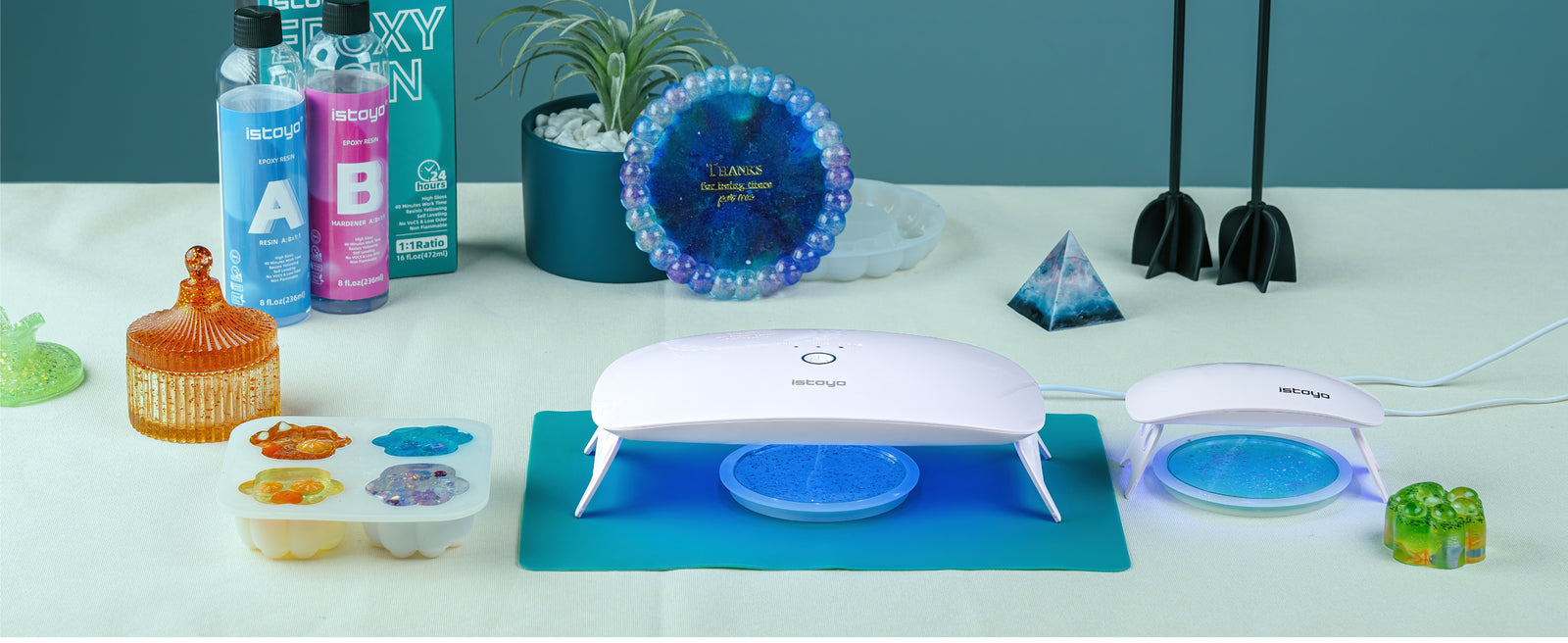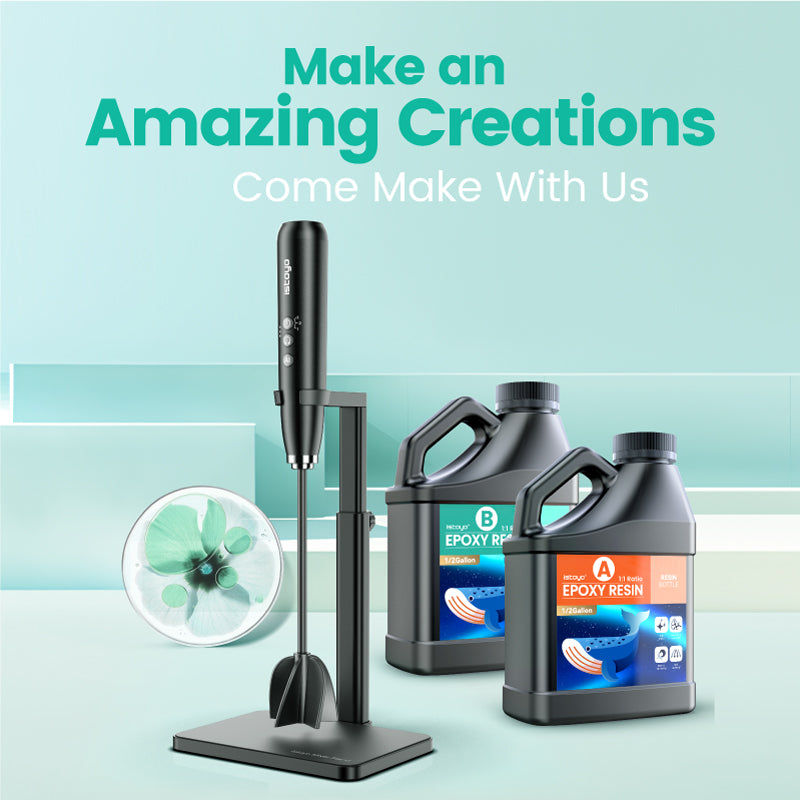UV Light for Resin: Everything You Need to Know

If you are into resin crafts, you might have heard of UV resin. This is a type of resin that cures quickly and easily with the exposure to UV light. Unlike epoxy resin, which requires a hardener and a specific mixing ratio, UV resin is ready to use right out of the bottle. All you need is a UV lamp or flashlight to harden your resin creations in minutes.
But how does UV light work for resin? What are the benefits and drawbacks of using UV resin? And what are the best UV lights for curing resin? In this article, we will answer all these questions and more. Read on to find out everything you need to know about UV light for resin.
What is UV Resin? UV resin is a synthetic resin that is specially formulated to cure with ultraviolet rays. It is different from epoxy resin, which cures with a chemical reaction between the resin and the hardener. UV resin does not need any hardener or catalyst to cure. It only needs UV light.
UV resin comes in a liquid form that is clear and viscous. It can be colored with pigments or dyes, or mixed with glitter or other additives. It can also be used as a top coat or a sealant for other types of resin.
UV resin can be used for various resin crafts, such as jewelry, accessories, decorations, and more. It can be poured into molds, applied on surfaces, or shaped by hand. It can also be used for doming, which is a technique of creating a raised and glossy surface on flat objects.
How Does UV Light Cure Resin? UV light is a form of electromagnetic radiation that has a wavelength shorter than visible light but longer than X-rays. It is invisible to the human eye, but it can cause chemical reactions in some substances.
UV light can be divided into three categories: UVA, UVB, and UVC. UVA has the longest wavelength (320-400 nm) and the lowest energy. It can penetrate deep into the skin and cause aging and wrinkles. UVB has a medium wavelength (280-320 nm) and a higher energy. It can cause sunburns and skin cancer. UVC has the shortest wavelength (100-280 nm) and the highest energy. It can kill bacteria and viruses but is mostly absorbed by the ozone layer.
UV resin contains photoinitiators, which are molecules that absorb UV light and start a polymerization reaction. Polymerization is a process of linking small molecules (monomers) into long chains (polymers). When UV light hits the photoinitiators in the resin, they break down into free radicals, which are highly reactive atoms or groups of atoms. These free radicals then attack the monomers in the resin and bond them together, forming a solid network.
The curing time of UV resin depends on several factors, such as the intensity and wavelength of the UV light, the thickness and color of the resin layer, the temperature and humidity of the environment, and the type and amount of additives in the resin. Generally speaking, thinner and clearer layers of resin cure faster than thicker and darker ones. Higher intensity and shorter wavelength of UV light also speed up the curing process.
What are the Benefits of Using UV Resin?
UV resin has many advantages over epoxy resin, such as:
- Fast curing: UV resin can cure in minutes or even seconds under UV light, while epoxy resin can take hours or days to cure completely.
- Easy to use: UV resin does not need any mixing or measuring. You just need to squeeze it out of the bottle and apply it where you want it.
- No waste: UV resin only cures when exposed to UV light. You can use as much or as little as you need without worrying about wasting any material.
- No odor: UV resin does not have any strong or unpleasant smell like epoxy resin does.
- No bubbles: UV resin does not produce any bubbles during curing like epoxy resin does. You can get a smooth and clear finish without any extra steps.
What are the Drawbacks of Using UV Resin?
UV resin also has some disadvantages compared to epoxy resin, such as:
- Less durable: UV resin is not as strong or resistant as epoxy resin. It can crack or yellow over time if exposed to sunlight or heat.
- More expensive: UV resin is usually more costly than epoxy resin per unit volume. You also need to buy a UV lamp or flashlight to cure it.



I have a UV light set up that my cousin gave me that has 3-2 light pieces and bulbs for them. She said we would need to build a frame for them but are unsure how far they need to be above the resin project. Any suggestions?
Leave a comment